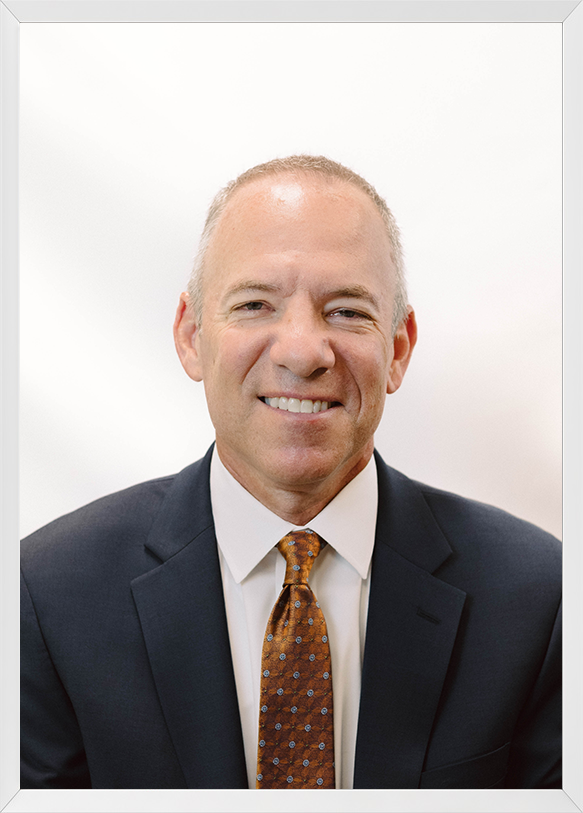Supermarket News interviewed Abe Eshkenazi, CEO of the Association for Supply Chain Management, to get some perspective on the issue of the American food supply amid the coronavirus. Here are some of the highlights.
“From our perspective, we don’t think the food supply chain is broken as much as it is stressed,” Eshkenazi said. “When you take out labor, one of the most significant aspects of the supply chain, you’re going to have a significant disruption… we can understand that from Tyson Foods’ perspective, they’re dealing with a new and unforeseen break in their services. But I think we also have seen that it takes time for supply chains to respond.”
“We’re entering a different frontier, relative to food right now, and that’s food scarcity,” Eshkenazi added. “We saw a significant run on particular products, but what we’ve also seen is that the supply chain has responded, so those gaps in the supply for those particular items are being filled…”
“It’s also critical that we recognize that this is a spike. This is not a new demand signal at that level… When we take a look at utilization, we’re not looking at an increase in terms of food or consumer packaged goods… we’ve still got the same mouths to feed and the same bottoms to wipe… It’s just that we’re seeing a shift in terms of where the demand is being sensed right now, and that is in a home based environment.”
Regarding limits that some retailers are now putting on meat purchases, Eshkenazi believes that quotas may help in the short term as production ramps up, and availability and variety start to increase. He cautions, however, that these quotas can present problems since they are not relative to family size.
Eshkenazi explained that “a family of five or six has the same quota as a family of two. So we have to be aware of the current circumstances that these individuals are facing. It’s not one size fits all.”
Looking ahead, Eshkenazi expects that supply chain professionals and organizations will take up the challenge on how to respond better to future disruptions.
“I’m looking forward to not only putting this disruption behind us, but more importantly, identifying the things that we can do as an industry to respond to the challenges that we face today and in the future.”
